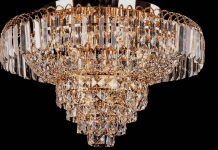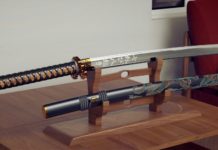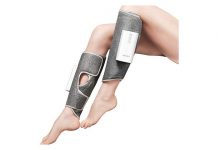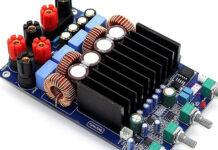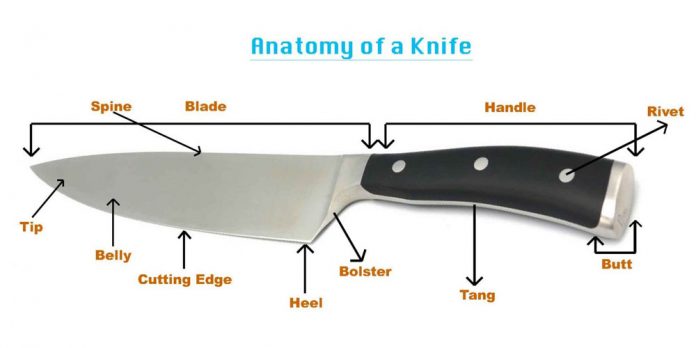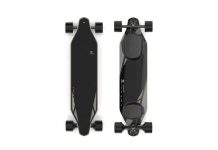Knives come in a wide variety of shapes and sizes. Begin with three or four different types of good-quality imarku knives if you’re a newbie cook. The Imarku knife is intended for people such as home cooks, culinary professionals, food caterers, and newbies. It’s a multifunctional knife that may be used for chopping, cutting, slicing, and dicing fruits, veggies, meat, fish, and other foodstuffs. It’s also great for pounding garlic and pulling meat from bones.
A cook’s knife, a bread knife, and a paring knife are all ideal starting points. Specialty knives are beneficial, but they can be costly. Instead, select a set to which you will be able to add later. A basic understanding of the different parts and structure of a knife is required to select a knife that is of great quality and perfectly suits your demands.
Knife’s Anatomy
Do people know about the different parts of kitchen knives? Although there are differences in materials, style, weight, and size of all brands that distinguish these popular knives. However, all cook’s knives have almost similar basic parts and structure, doesn’t matter how costly they are. Take a glance at the structure of the chef’s knife, starting from the point till the end, the butt.
Point
The point in the knife is the part of a blade at which the spine and the tip meet; it’s most typically employed for scoring and piercing.
Blade
The blade, which comprises the point, spine, edge, tip, and heel, is the knife’s main body. The blade’s length, design, and composition are perhaps the most distinguishing features of the knives.
Tip
One-third of a knife’s edge is usually referred to as the tip, which includes the point. Slicing and fine cutting are done using this part of the knife.
Edge
The edge is the part of the blade that is sharp. It starts from the point and ends at the heel. It is also known as the belly.
Heel
The heel is the part of the edge of a knife that is widest, positioned near the back of the blade. It’s the blade’s toughest portion, making it perfect for cutting thick ingredients such as winter squash and carrots.
Spine
The spine is the part of the blade that is thickest, located at the opposite side of the edge. The spine’s thickness varies for different knives, and it has an impact on the edge’s strength and general stability.
Handle
The handle starts from the bolster and ends at the butt, the end part of a knife. It can differ in size, shape, and material.
Bolster
The bolster is present between the handle and the blade. It adds to the knife’s stability as it counter-balances both the part, the handle, and the blade.
Rivet
The rivets are the part of knives that are tiny but key joints that hold both the handle and the blade together. Rivets are available in a variety of forms, but they all serve the same purpose, to keep the knife intact.
Tang
It’s from the tang that your knife gets its toughness, durability, and balance. The blade’s metal portion continues further into the handle is known as the tang. Some knives are fully tanged while others are not.
Butt
The knife handle’s butt is the back end. It is also referred to as the knife’s pommel comes in a variety of shapes. It is not used while preparing meals, but it should be strong in general.
Conclusion
To sum up, a fundamental grasp of the many parts and structures of a knife is essential to choose a knife of excellent quality that precisely meets your needs.



